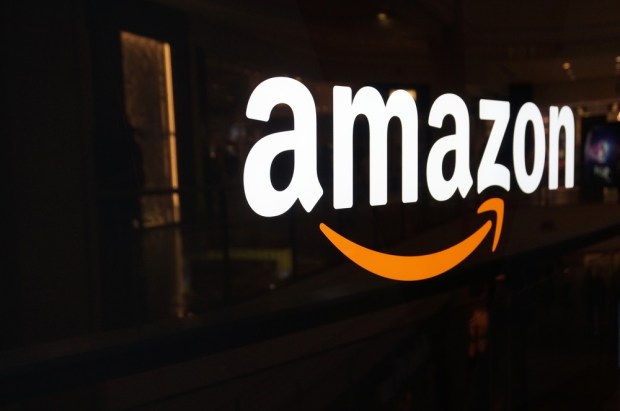Amazon To Double Down On Alexa, Prime Membership Benefits

Though this earnings run has so far been marked by many firms incurring the wrath of Wall Street — even in the face of putting impressive numbers on the board — Amazon didn’t face that same fate for the last quarter of 2017.
“Our 2017 projections for Alexa were very optimistic, and we far exceeded them,” said Jeff Bezos, Amazon founder and CEO. “We don’t see positive surprises of this magnitude very often — expect us to double down. We’ve reached an important point where other companies and developers are accelerating adoption of Alexa. There are now over 30,000 skills from outside developers, customers can control more than 4,000 smart home devices from 1,200 unique brands with Alexa, and we’re seeing [a] strong response to our new far-field voice kit for manufacturers. Much more to come and a huge thank you to our customers and partners.”
That was just the beginning.
The eCommerce giant reported a quarterly profit of $1.9 billion during the quarter, marking the first time Amazon has ever logged more than $1 billion in profit in a single quarter — even despite a 31 percent increase in shipping costs. Amazon’s profitability streak is now two-and-a-half years long.
Some of the big results in the profit arena came via the federal government — as the new tax overhaul benefitted Amazon to the tune of $789 million. The company also credited its Amazon Web Service (AWS) division’s growth in advertising business and increased efficiency during the holiday sales rush.
“There’s certainly constant cost reduction and productivity efforts underway in many areas of the company, but specifically in our warehouses,” said Brian Olsavsky, Amazon’s chief financial officer, in a post-release question and answer session with analysts.
All in, revenue hit $60.5 billion in Q4 2017 — a 38 percent year-on-year increase and well ahead of analyst’s estimates of $59.83 billion. AWS remains the company’s cash printing press, with sales increasing 45 percent to $5.11 billion. Operating income for the unit rose about 46 percent to $1.35 billion.
Last quarter was also Whole Foods Markets’ first full period in the hands of Amazon. That segment brought in $4.52 billion overall — approximately 7 percent of the company’s total revenue. Though its numbers were not broken out separately, the health products grocer represents the majority of the revenue from Amazon’s brick and mortar efforts.
Amazon did not make a year-ago comparison, though Whole Foods reported revenue of roughly $3.5 billion in 2016, according to the Wall Street Journal.
For the full year, Amazon called out net sales increases of 31 percent to $177.9 billion — up from $136.0 billion in 2016. Operating income decreased 2 percent to $4.1 billion, compared with operating income of $4.2 billion in 2016. Amazon said it expects first-quarter sales to fall between $47.75 billion and $50.75 billion, an increase of 34 to 42 percent from a year earlier.
Amazon also highlighted the “over 5 billion in goods” shipped through the Prime program — and the fact that “more new, paid members joined Prime in 2017 than any previous year — both worldwide and in the U.S.” According to Olsavsky, Prime members would see more benefits added over the course of 2018, reiterating that they are sticky spenders on the Amazon platform.
Just how many users is that? On that point, Amazon remained silent.
The markets, however, were not. Amazon’s stock price was up 6 percent in after-hours trading to $1,476 — an approximately 65 percent over the past 12 months.